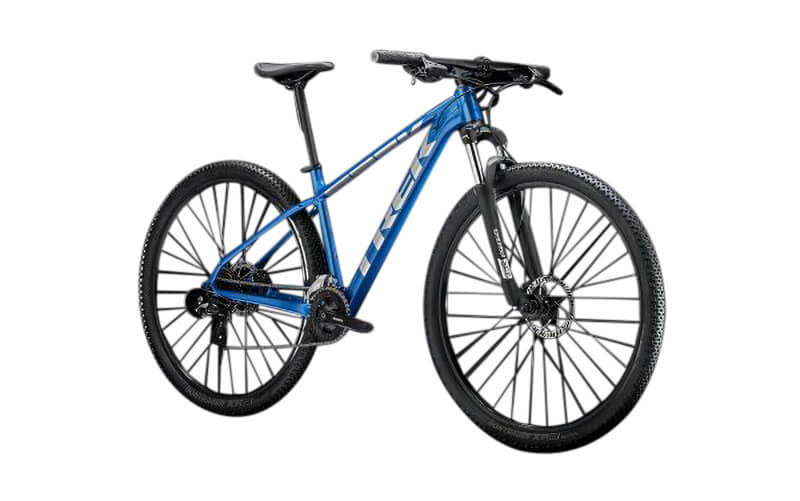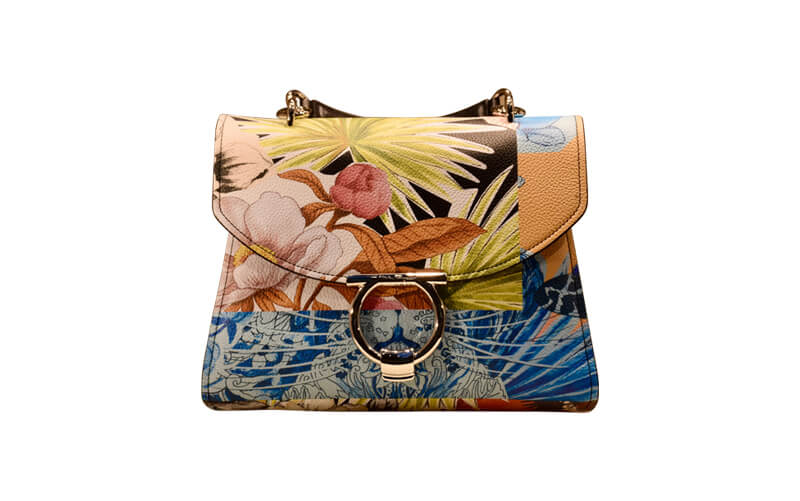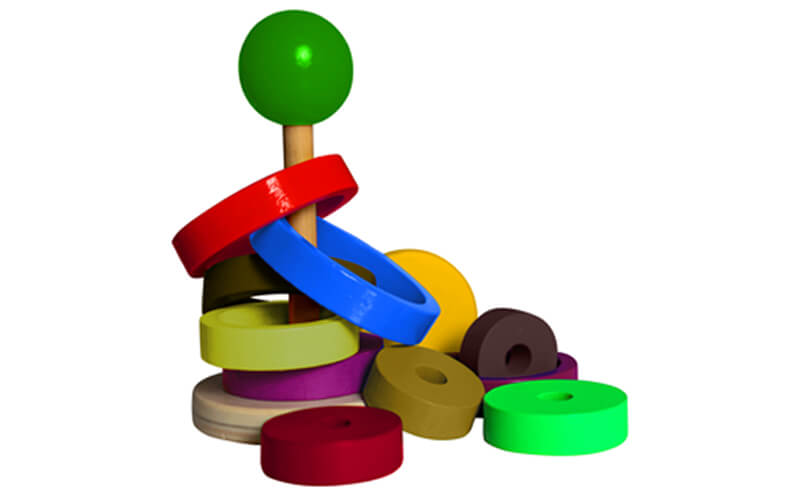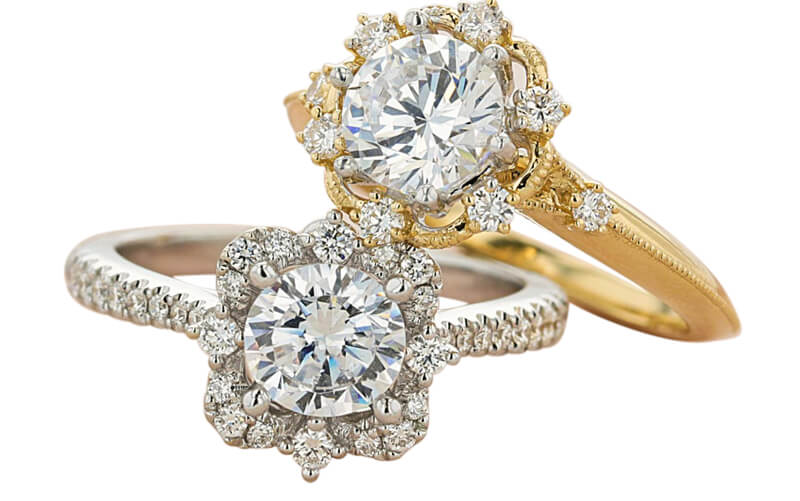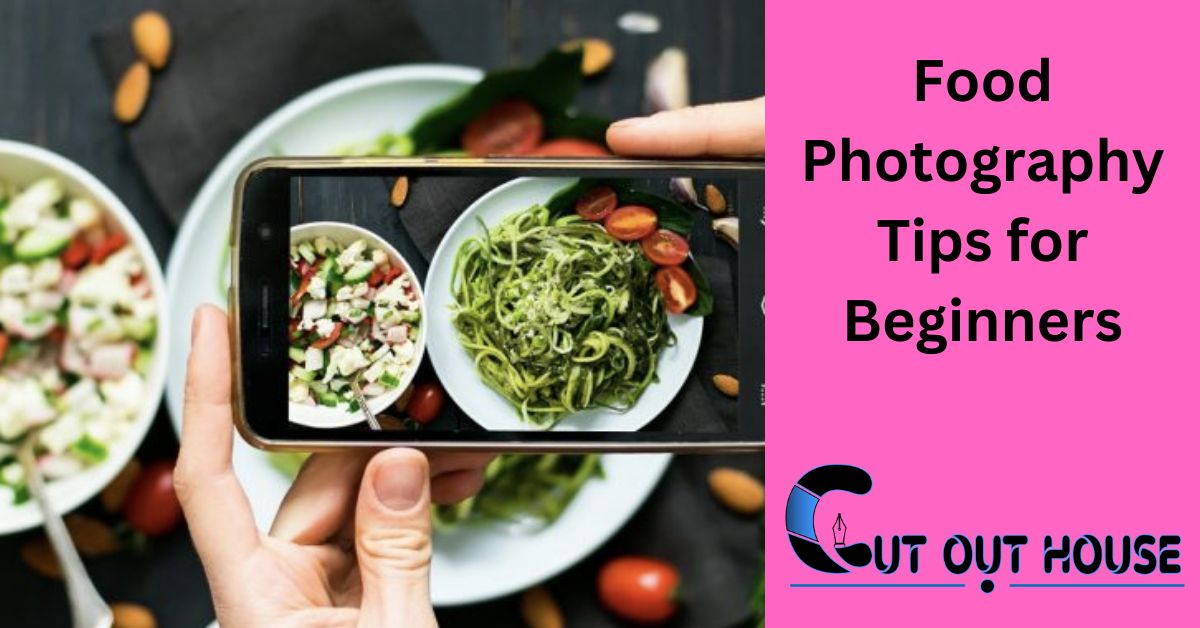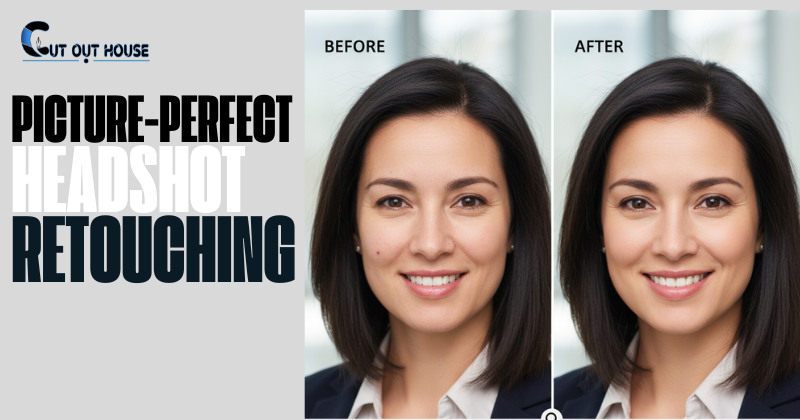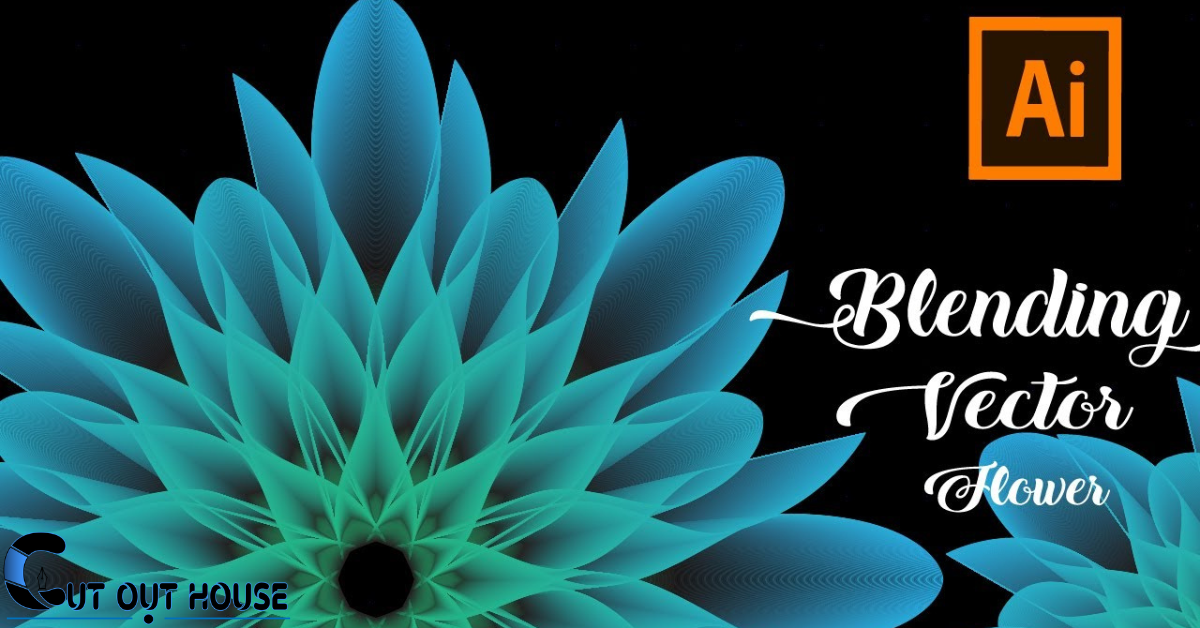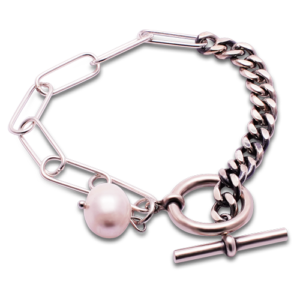Food photography has acquired enormous fame lately, powered by the development of web-based entertainment and food-centered stages. Whether you’re a hopeful food blogger, an eatery proprietor, or basically somebody who loves catching the excellence of a completely ready feast, becoming amazing at food photography can be a fulfilling and charming undertaking. In this article, we will investigate a thorough arrangement of food photography tips for novices to assist you with changing your culinary manifestations into staggering visual galas.
Use of Proper Lighting
Lighting is the cornerstone of successful food photography. Natural light is your best ally. Avoid harsh overhead lighting and position your shooting area near a window to harness the soft, diffused natural light. Early mornings and late afternoons typically offer the best lighting conditions. Use white reflectors or sheer curtains to soften and direct the light onto your subject.
Choosing the Right Equipment
You don’t need professional, expensive, and heavy equipment to get started. Excellent results can be achieved with a smartphone or a basic DSLR camera. Ensure your lens is clean and focus on capturing the details. Tripods can provide stability, and using a remote shutter release can reduce camera shake.
Perfecting Composition
Composition is a critical element of food photography. Experiment with various angles, but a 45-degree angle or a slightly overhead view often works well. Employ the rule of thirds to create balanced and visually appealing images. Additionally, using negative space can help emphasize the main subject.
Selecting an Appropriate Background
Your choice of background can make or break your food photos. Opt for a background that complements the dish without distracting it. Wooden boards, marble slabs, or textured tablecloths are popular choices. Pay attention to color contrasts and harmonies that work well with the food.
Food Styling
Attention to detail is essential in food photography. Carefully arrange the food, paying close attention to its color and texture. Enhance the visual appeal with garnishes, fresh herbs, and condiments. Fine-tune the arrangement until you achieve the desired look.
Playing with Depth of Field
Creating a shallow depth of field, which results in a blurred background, can make your subject stand out and draw the viewer’s attention. Achieve this by using a wide aperture (low f-number) and focusing on the main element of the dish.
Thoughtful Use of Props
Props can add character and context to your food photos. Select props that complement the food without overwhelming the frame. Utensils, napkins, or a glass of wine can be strategically placed to tell a story.
Editing and Post-Processing
Post-processing can enhance the beauty of your food photos. There are numerous user-friendly photo editing tools and apps available. Adjust brightness, contrast, and color balance to make your food look as inviting as it did in person. Be cautious not to overdo it; a light touch is often more effective.
Telling a Visual Story
Your food photography should convey a narrative. Consider the mood and theme you want to portray. Are you capturing a rustic family dinner or a sophisticated restaurant experience?
Practice & Patience
Food photography is a good skill that evolves over time. It takes practice and patience to refine your craft. Don’t be discouraged by initial setbacks. Learn from your mistakes and continue experimenting. practice makes a man perfect.
Conclusion
Food photography is an inventive and joyful passion that requires a sharp eye for detail and a profound appreciation for food. By following these food photography tips for fledglings, you can set out on an excursion to catch the heavenly universe of culinary imaginativeness with artfulness. Keep in mind, that the main elements for shocking food photography are your obsession, tolerance, and an adoration for good food. Thus, get your camera and prepare to exhibit your culinary manifestations to the world. Blissful photography!

